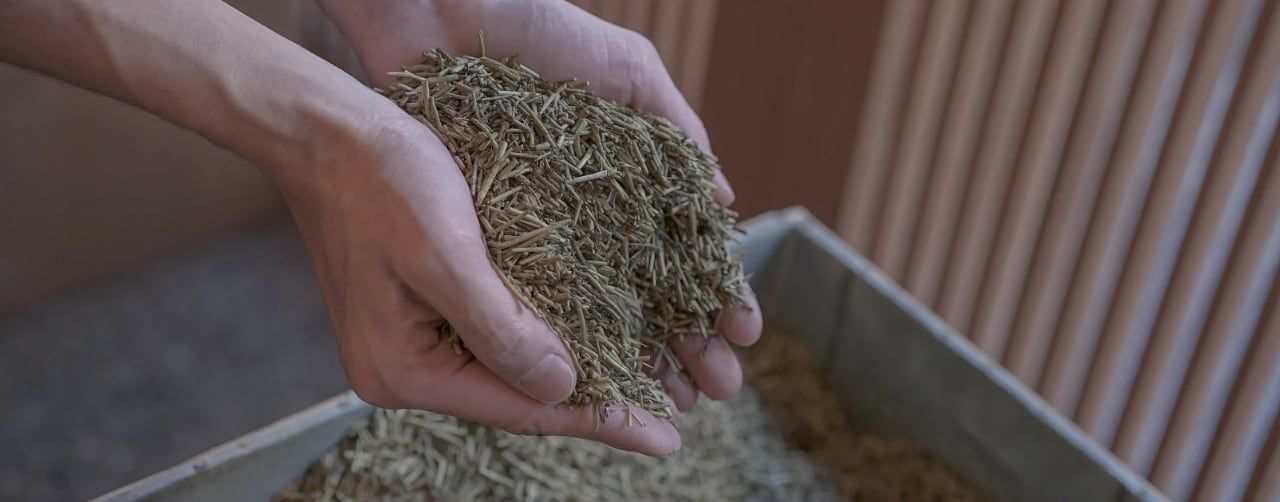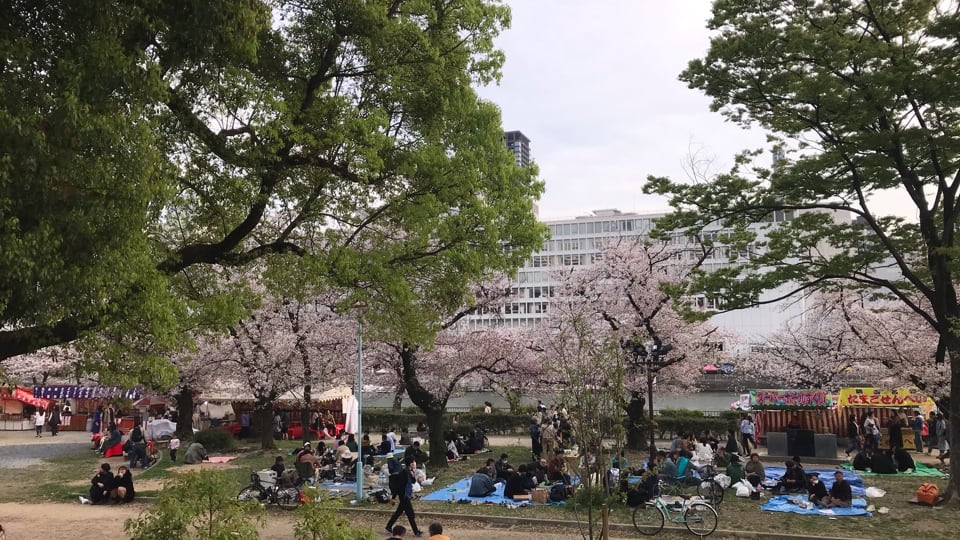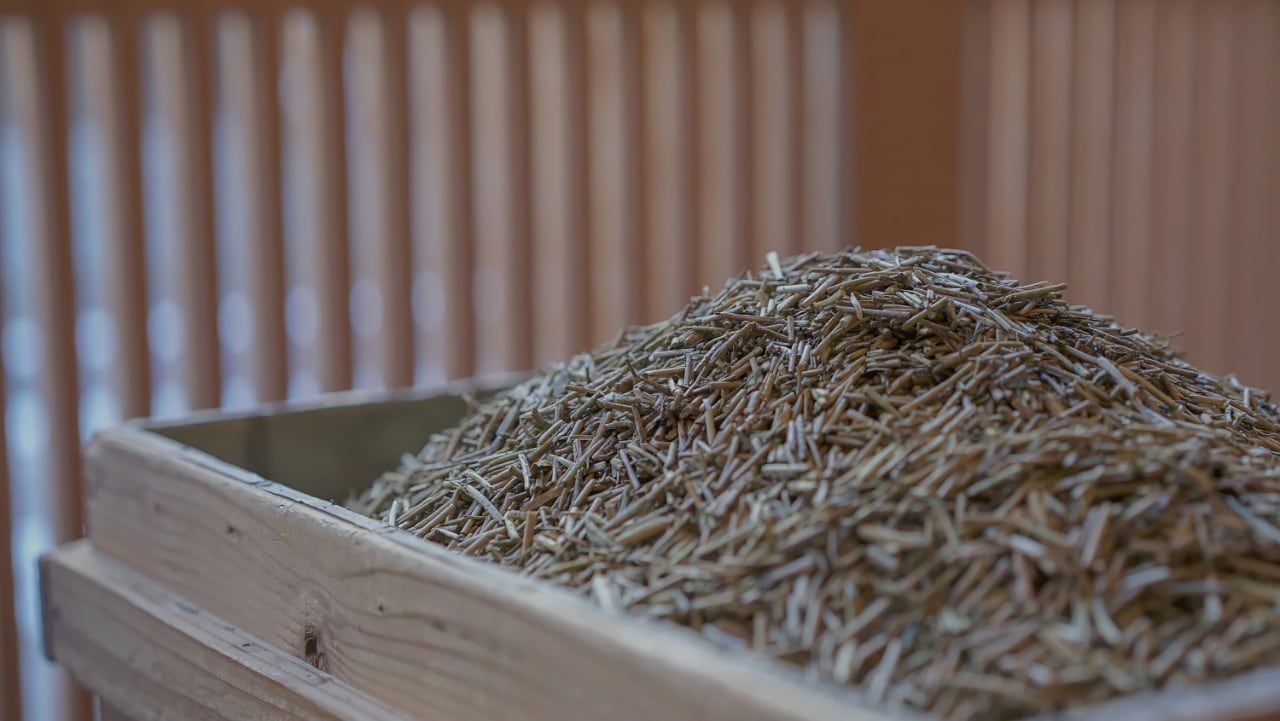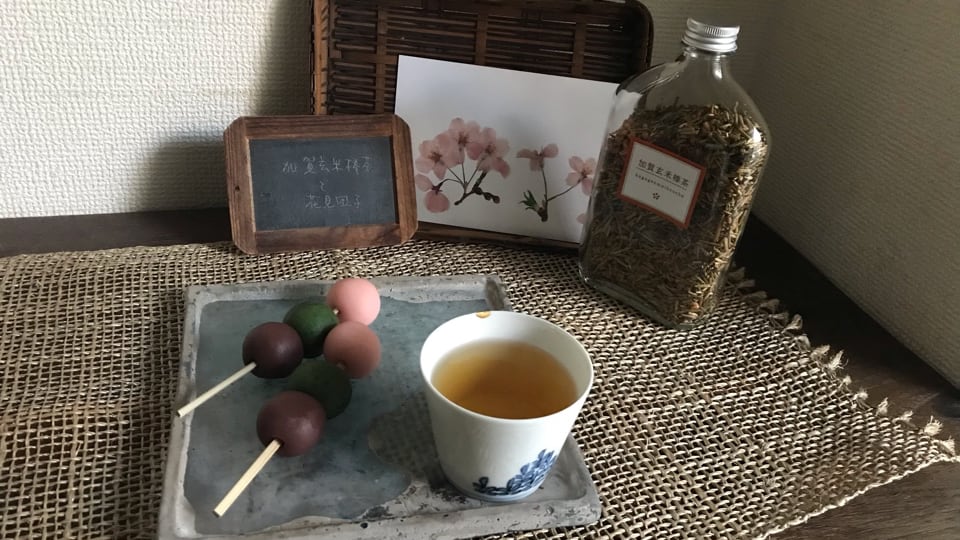April 2023 – Genmai Bōcha from Kaga
This month we selected a Genmai Bōcha (玄米棒茶) of Kaga (加賀), in the prefecture of Ishikawa (石川).

Photo from the producer, Kanbayashi Kanazawa Chaho.
Genmai Bōcha
Last month we introduced a Sencha from Kyoto made exclusively from steamed twigs, called “Karigane” (雁ヶ音). This month we selected a Genmai Bōcha (玄米棒茶) also made only of tea twigs, roasted and mixed with brown rice. Even though they are both made from twigs, thanks to different process they acquire very distinct color, taste and aroma. You can compare this Genmai Bōcha with last month Karigane, you will find the tastes are very different.
Bōcha (棒茶) literally means “tea in the form of a stick” and was invented in 1902. The producer of this tea roast the stalks from the first harvest of the year by means of far infrared rays so as not to spoil the original taste. As such, the heat can reach all the way inside of the tea stalks. Since this Bōcha is lightly roasted, it has a round, sweet and luxury taste.
The tea well-elaborated like this emphasizes a good taste, a soft sweetness and a distinct aroma during infusion. To enhance the taste, we use brown rice well prepared by a farmer in the region of Ichikawa prefecture and roast it carefully in order to extract a good taste and an umami. The brown rice brings out the flavor of Bōcha and vice versa. Just like the name of Karigane is used only in Kyoto, the appellation of Bōcha for roasted stalk teas is used exclusively in the region of Kaga (加賀), in the prefecture of Ishikawa (石川県).

Return of Hanami
The season of cherry blossoms has come!
Sakura (桜), or cherry blossom in English, is now everywhere in Japan. So it's the season of Hanami (花見)! What is Hanami ? It literally means “flower viewing”. We usually use this word for “cherry blossoms” rather than other type of flowers.
This custom dates back to the Nara period (奈良時代), 1300 years ago. At first, it was an aristocratic event, and it involved plum blossoms instead of cherry blossoms. Plum trees were precious at that time, because they were brought from China. The aristocrats invited their friends to show their plum trees planted in their gardens. Under the plums trees, they wrote poems.
In the Heian period (平安時代), plum blossoms were slowly replaced by cherry blossoms. It was still an event for the aristocracy. They composed poems and enjoyed music, watching cherry blossoms.
Toyotomi Hideyoshi (豊臣秀吉), a famous Samurai, is responsible for radically changing this event. He organized a big celebration of Hanami in Kyoto in the spring of 1598, inviting many people (1300 persons), predominantly women. He served sake and sweets. For each woman, he prepared two kimonos only for this festival. From this time on, Hanami spread among ordinary people. During the Edo period (江戸時代) Hanami Dango (花見団子), or sweet rice dumplings, were invented to enjoy during Hanami.
That is why Hanami has a long history and is an important event for Japanese people. But due to COVID-19, it was forbidden to make an event among many people during the last few years and we had to refrain from doing Hanami. But finally, we can again enjoy cherry blossoms with our friends, organize picnics, etc. Once the Hanami party begins, we don't care much about cherry blossom anymore… we just focus on eating, drinking and chattering!

Photo from the producer, Kanbayashi Kanazawa Chaho.
Poems
Here are two excellent poems composed by 2 famous great poets in the Heian period.
The first one by Onono Komachi (小野小町):
はなのいろ
うつりにけりな
いたづらに
わがみよにふる
ながめせしまに
In English:
Color of the flower
Has already faded away,
While in idle thoughts
My life passes vainly by,
As I watch the long rains fall.
The second one by Saigyo (西行):
ねがわくは
はなのしたにて
はるしなん
そのきさらぎの
もちづきのころ
In English:
I would like to die
Under a cherry blossom tree
In full bloom
Under a full moon
On the day that Buddah came into the world.
(Bouddha is born on April 8th)

Brewing Genmai Bōcha
The amount of tealeaves should be adapted according to the desired taste: it should be around 4 grams of Genmai Bōcha for 200ml (7oz) of spring water. The infusion should last 30 to 60 seconds in water at 95ºC (200ºF).
You also can make cold Genmai Bōcha. Put a sachet of Genmai Bōcha (10 grams, according to your taste) and 1 liter (33.8oz) of spring water in a carafe and let it cool in a refrigerator for 3 hours. For the cold tea, you have to finish it on the same day. Have a good Genmai Bōcha !
